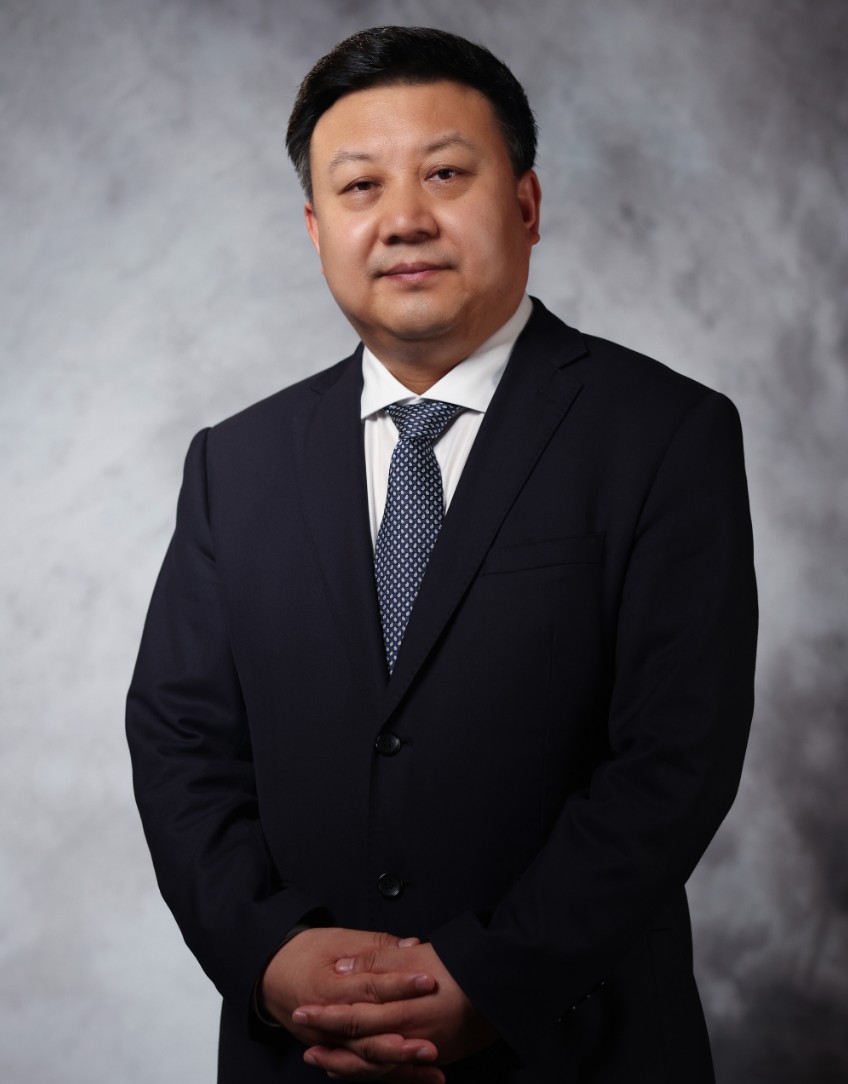Pan Yikui
Pan Yikui (Mr.), Han nationality, was born in May 1977. With a master’s degree and a PhD in aesthetics, he is a national first-class artist, a member of the Central Committee of the Revolutionary Committee of the Chinese Kuomintang, and the Director of the National Art Museum of China (NAMOC). He is also a supervisor of the PKU-NAMOC postdoctoral research station, a doctoral supervisor at Minzu University of China, a council member of the China Artists Association, the Deputy Director and Secretary General of the Third National Art Committee, a member of the First National Major Theme Art Creation Committee, and an honorary academician of the Russian Academy of Arts.
He has successively served as Vice Director of the Gansu Academy of Painting, Dean of the School of Art, Lanzhou University, Vice Chairman of the Gansu Federation of Literary and Art Circles, and Deputy Director of NAMOC. He has also held concurrent posts as Vice Chairman of the Gansu Revolutionary Committee of the Chinese Kuomintang, Vice Chairman of the 4th-and 5th-session Gansu Artists Association, and Chairman of the Russian Chinese Artists Association.
He has received the International Nikolai Roerich Medal of Russia, the Gold Medal of the Russian Academy of Arts, and the Presidential Medal of Ukraine, and rewarded with the title of “Leading Talent in Gansu Province” and “Young and Middle-aged Literary and Artistic Worker with Both Moral and Artistic Qualities in Gansu”. He has held solo art exhibitions at the Repin Academy of Fine Arts in Russia, the Museum of Contemporary Art in Russia, NAMOC, and the China National Academy of Painting. His representative oil paintings include Dare to Turn the Desert into Oasis, A Working Day at the Ming Tombs Reservoir, Joyful Grassland, Happy Days, Forever Peace, etc. His works are collected by NAMOC, the Museum of the Communist Party of China, the Guanzhong Revolutionary History Memorial Hall, etc. He has participated in the 12th and 13th National Exhibition of Fine Arts, China, and published works such as Interpretation of Fine Collected Russian Paintings among Western Oil Paintings and Art and Life: Valery Lednev’s Oil Painting Collection.


